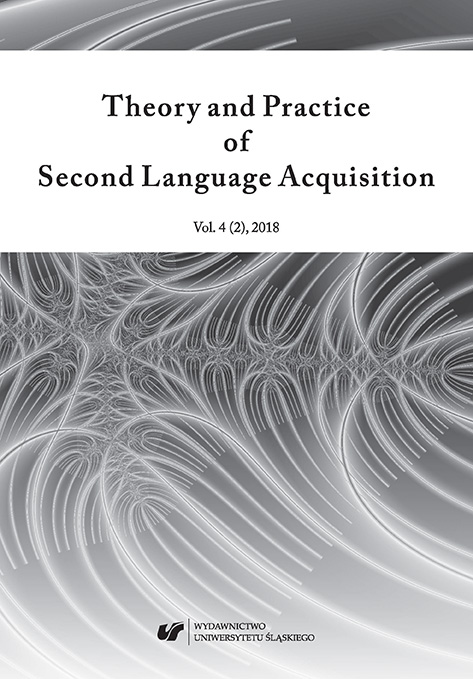

The twenty first-century learning environment, the classroom in particular, is believed to create conditions for a language learner to engage in autonomous and cooperative learning activities. It is also believed to develop and sustain motivation, to foster self-regulation and – last but not least – to facilitate the learning process. The learning environment is composed of the learner, other students, the teacher and the physical environment, i.e. the furniture and equipment. The research presents students’ opinions concerning the positive and negative influences of selected aspects of the classroom environment on their language learning process, motivation, ability to self-assess, self-confidence and attitudes to the target language and culture. As seen from data analysis, it is the teachers whose knowledge, behaviours and attitudes appear to have the biggest influence on students’ learning process. The opinions are collected from students’ written guided interviews and may become an inspiration for teacher educators at the university level.
Download files
Citation rules

Vol. 4 No. 2 (2018)
Published: 2019-02-13
 10.31261/tapsla
10.31261/tapsla